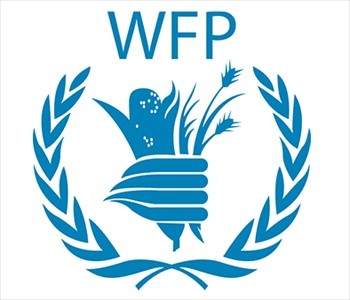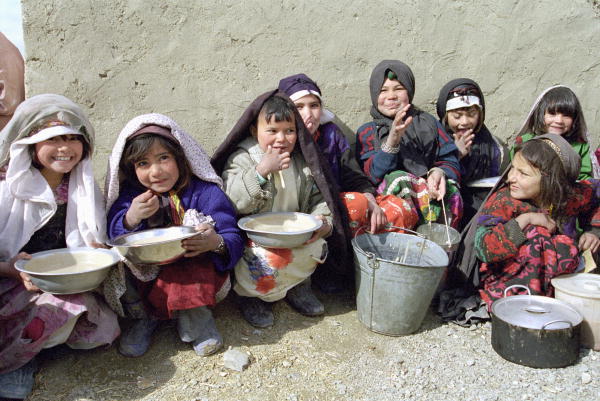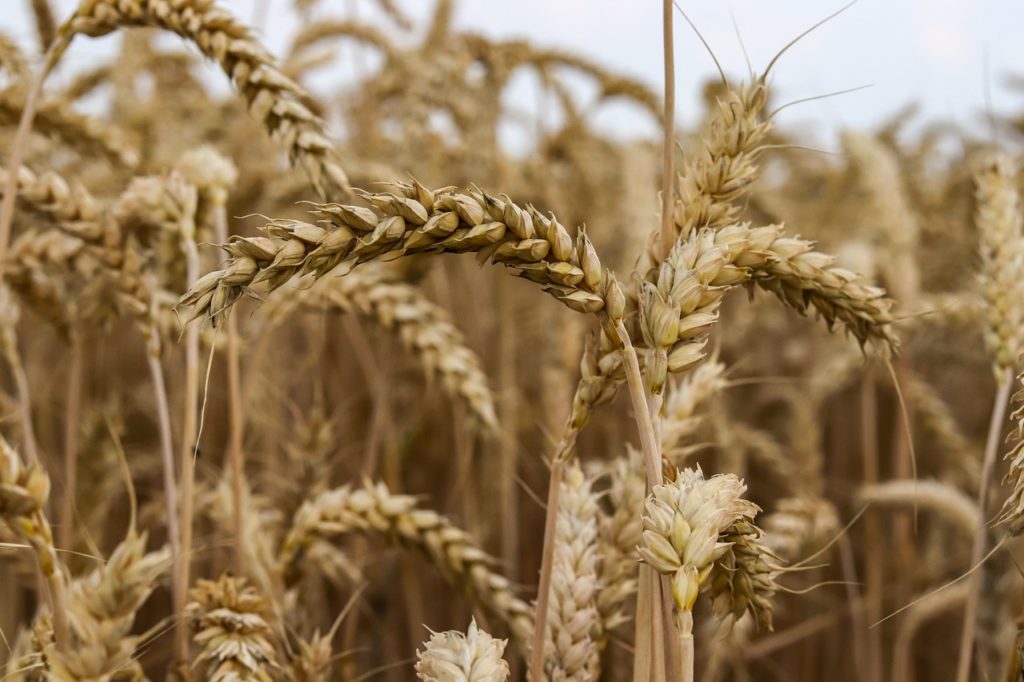With an engaged government and population, strong international support, and an increasingly stable social and political climate, Afghanistan has the potential to make significant progress toward the UN’s Sustainable Development Goals (SDGs). These are the 17 goals that were adopted by all UN member states in 2015 as part of the 2030 Agenda for Sustainable Development.
However, some SDGs are proving more challenging to address than others. These include SDG 2, which concerns Zero Hunger and improved nutrition. Despite recent advances, food insecurity is on the rise in Afghanistan. It has been exacerbated by the fact that more than half the country’s population lives below the poverty line.
Roughly 12.5 million people in Afghanistan have been identified as severely food insecure. Additionally, undernutrition is disproportionately affecting a number of groups including children, women, displaced people, and people with disabilities.
One of the many organizations working to improve food security in Afghanistan is the World Food Programme (WFP). Present in Afghanistan since 1963, WFP works across a broad range of focus areas to address hunger in Afghanistan and the underlying issues that contribute to it. Read on to learn more about the World Food Programme and its work and activities in Afghanistan.
What is the World Food Programme?

WFP is the world’s leading humanitarian organization working to save and change lives through food assistance and nutrition improvement. It was established in 1961 at the behest of then-US president Dwight Eisenhower and enshrined as a fully-fledged UN programme in 1965.
WFP has a particular focus on emergency assistance, relief and rehabilitation efforts, development aid, and special operations. It distributes more than 15 billion food rations every year. In addition, it conducts two-thirds of its work in conflict-affected countries. The organization has an international staff of over 17,000 people and is funded entirely by voluntary donations.
To achieve its objectives, WFP works closely with its two sister organizations, the International Fund for Agricultural Development and the UN’s Food and Agriculture Organization. It also partners with over 1,000 local and international NGOs. WFP’s work in Afghanistan spans the following key focus areas:
Emergency response
Every year in Afghanistan, roughly 250,000 people are affected by natural disasters such as floods, droughts, landslides, and earthquakes. In some years, this figure is much higher. In 2018, for example, Afghanistan experienced its worst drought in over a decade, which affected some 3 million people around the country.

WFP helps to mitigate the impact of these disasters by providing unconditional, fortified, and nutritionally-balanced food assistance to those most in need. Similar food assistance is also provided to people displaced by conflict as well as refugees and people affected by food insecurity on a seasonal basis.
Resilience building
Resilient communities and populations have a stronger ability to reduce their risk of disasters and to mitigate the impact of any disasters that do occur. This is an important foundation for achieving food security. WFP helps Afghan communities build resilience by contributing to projects such as road and canal construction or rehabilitation, reforestation, the construction of flood protection walls, and vocational training.
Nutrition
Proper nutrition means different things for different groups of people, particularly babies and children. WFP works to address the critical problems of undernutrition and stunting in young Afghan children by providing nutritional support that is specially tailored for different ages, genders, and vulnerabilities.
In 2018, for example, WFP helped prevent or treat close to 500,000 cases of malnutrition in children, pregnant women, and nursing mothers. WFP also works closely with UNICEF and the World Health Organization to address the lifelong consequences that poor nutrition can have on developing children.
Food systems
A strong and robust national food system can help Afghanistan distribute food more efficiently and address the geographic imbalances that exacerbate food security. In cooperation with the government of Afghanistan and various commercial partners, WFP supports smallholder farmers, builds local milling and fortification capacity, and strengthens value chains and food safety measures around the country. This helps all Afghans access nutritious food at affordable prices.

Advocacy for Zero Hunger
Efforts to address hunger and food insecurity happen on the ground with the people most affected. However, they also need to happen nationally at the policy level if significant progress is to be made.
WFP plays an important role in helping Afghan government officials and their partners to focus on Zero Hunger as a development priority, and to create and implement a coherent Zero Hunger policy that includes capacity strengthening, advocacy, public awareness, and research efforts. Local ownership and buy-in is furthered by the creation of Food Security and Nutrition committees at the province level.
Capacity strengthening
WFP is committed to efforts that enhance the ability of both the government of Afghanistan and the broader humanitarian and development community to effectively respond to the needs of affected populations. Specific actions in this focus area include providing assistance with things like information and communication technology, facilities and information management, and supply chain oversight and management.

